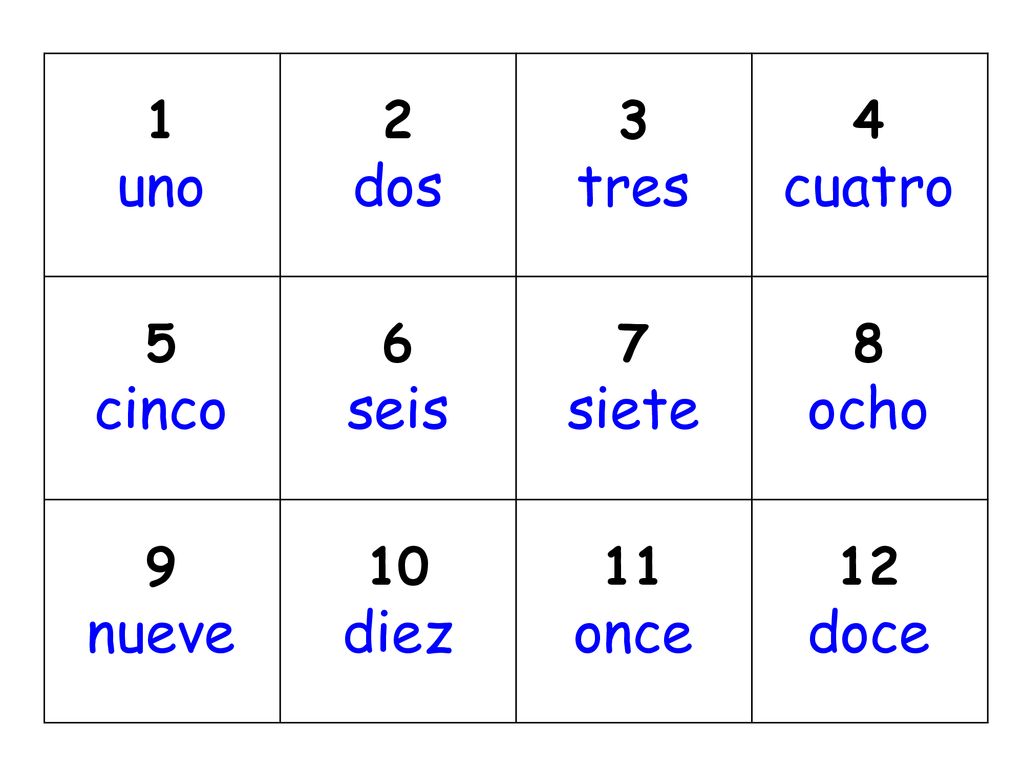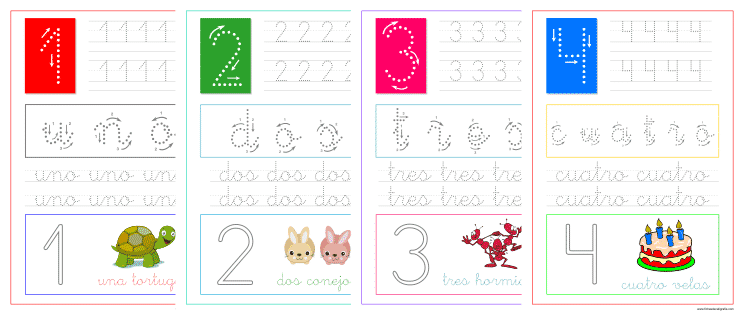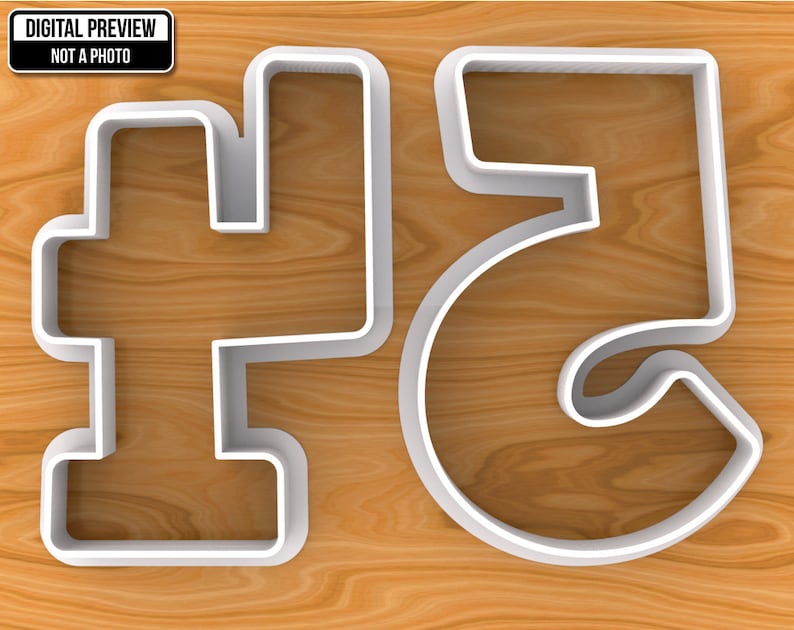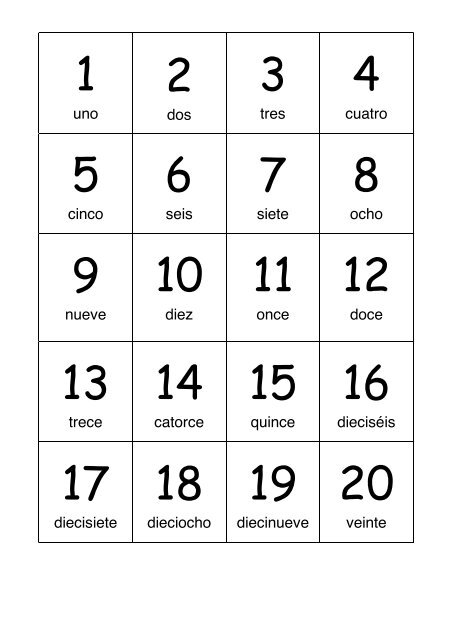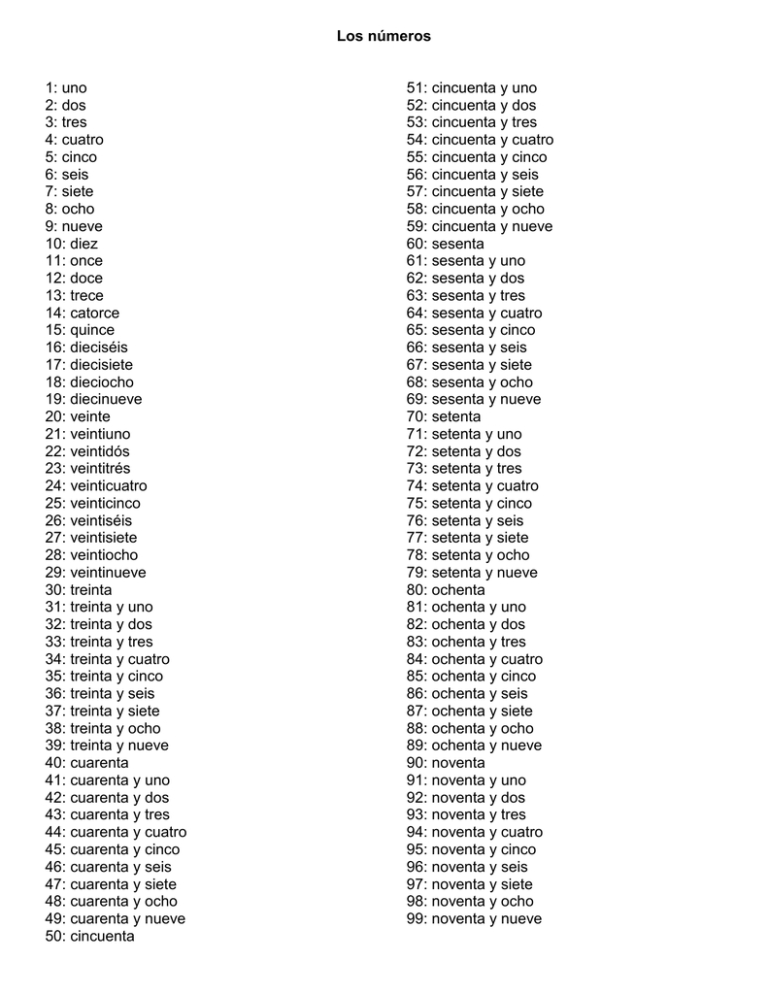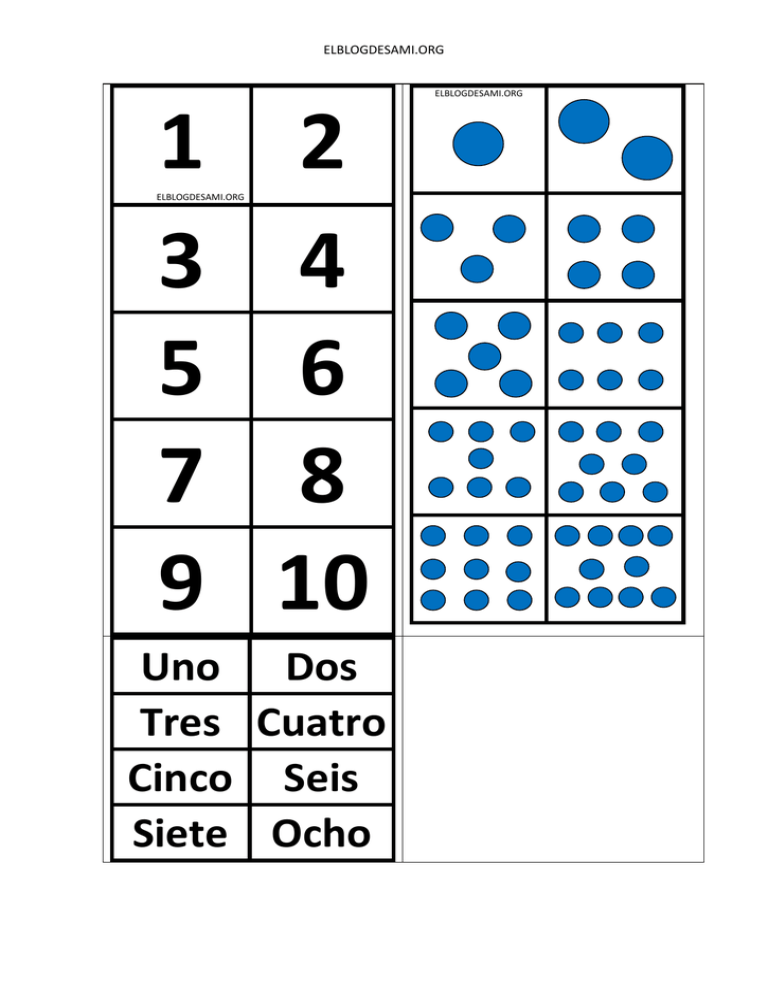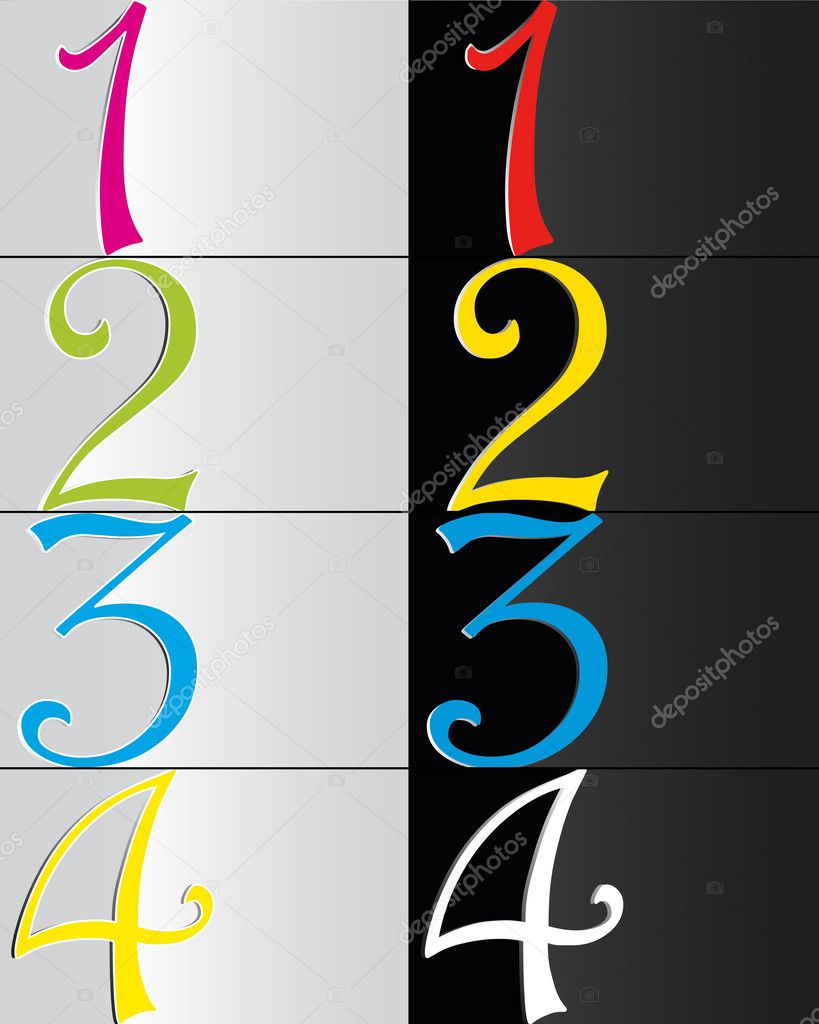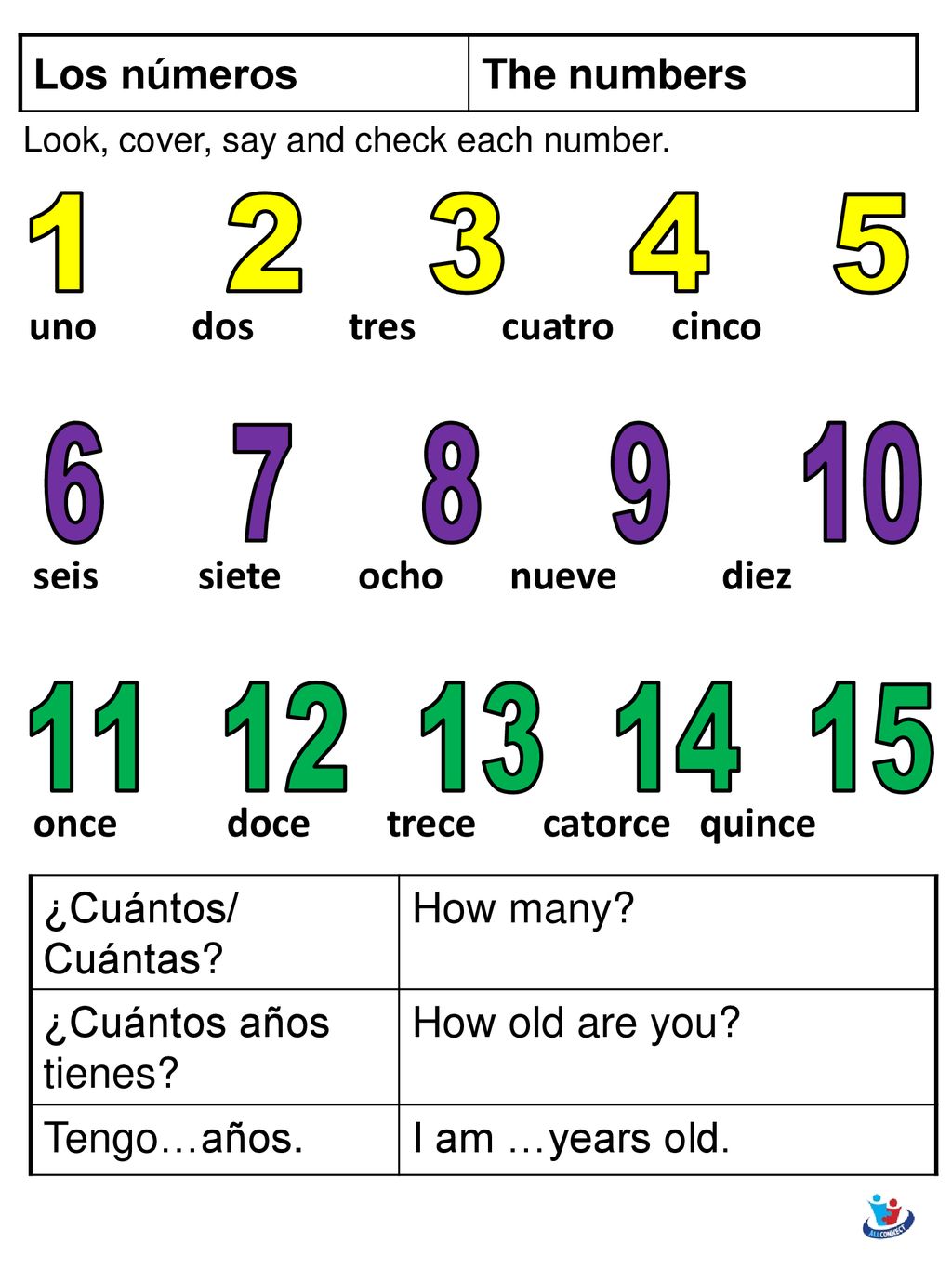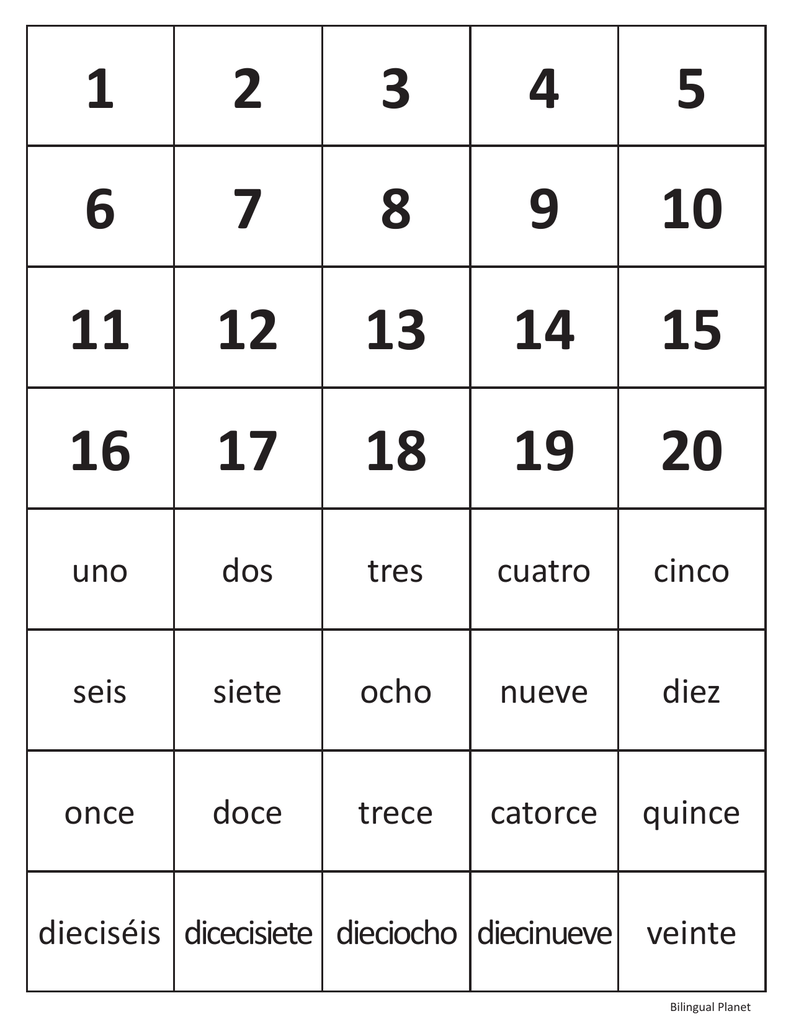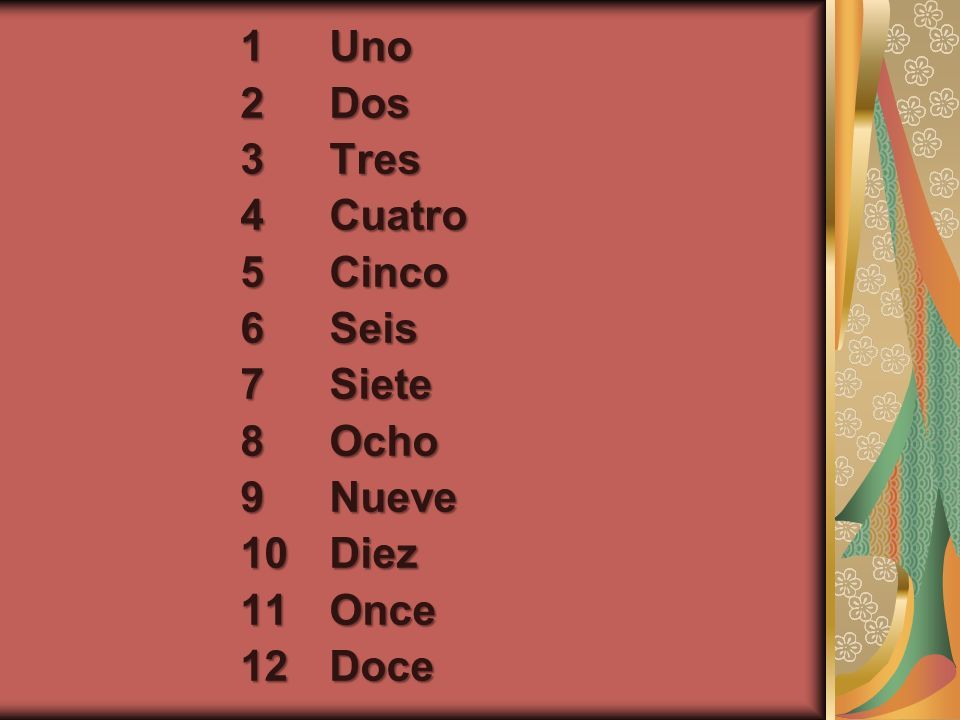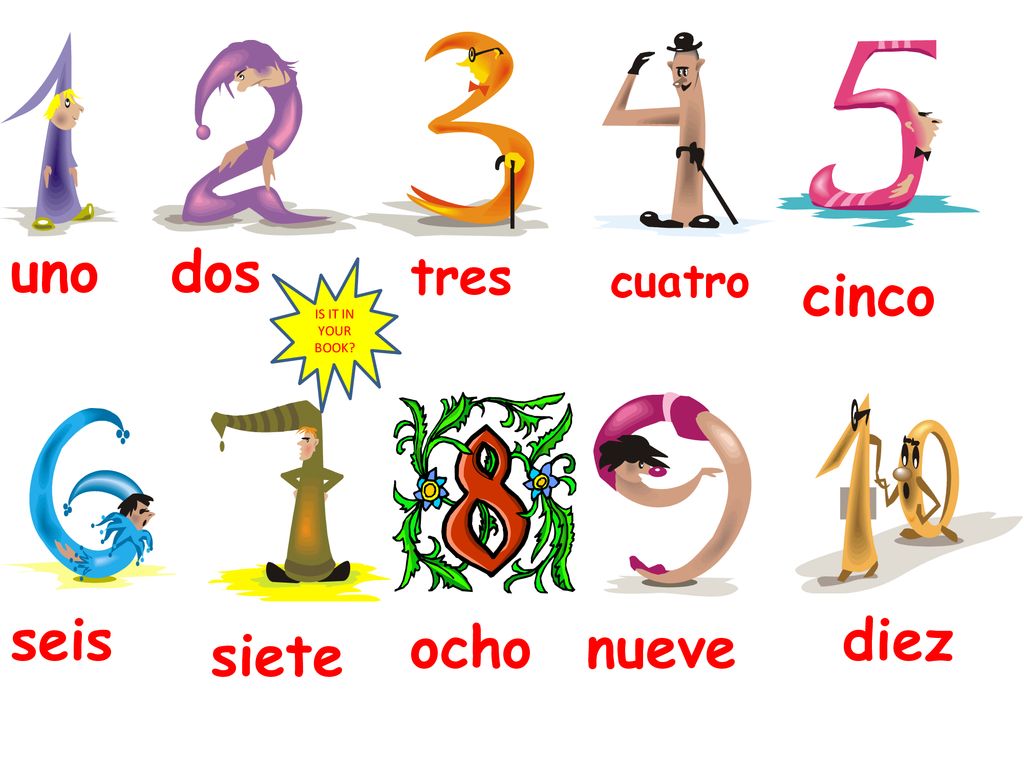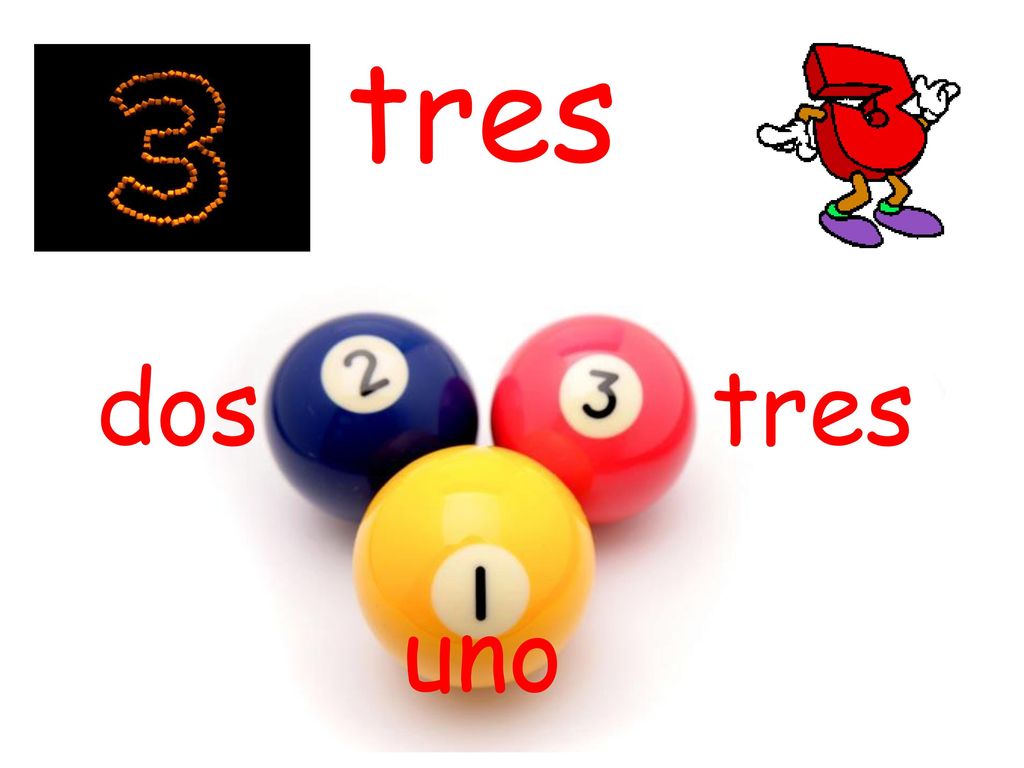1 2 3 4 Uno Dos Tres Cuatro
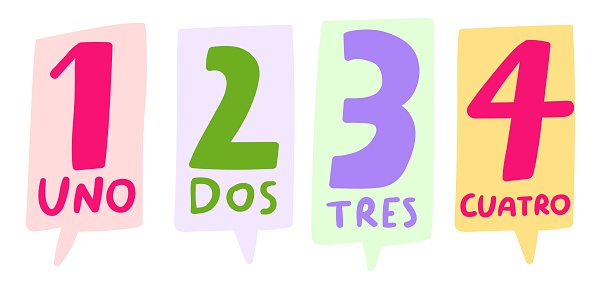
Ever noticed how counting sometimes feels like a universal language? From bustling marketplaces to quiet classrooms, numbers connect us. But what happens when those numbers cross language barriers? Let’s explore the world of “One, Two, Three, Four… Uno, Dos, Tres, Cuatro.”
The Counting Chorus: A Tale of Two Tongues
Imagine a child learning to count in English. "One, two, three..." It's a rhythmic, almost sing-song start to understanding the world. Now, picture the same child, perhaps on a family trip to Mexico, hearing “Uno, dos, tres…”
Suddenly, the world expands. It's not just about learning numbers, it's about discovering a whole new way of expressing them. A new culture peeks through the numerical curtain!
A Shared Secret
Think about common ground. We might not all speak the same language, but we can probably all count to four! This simple act of counting together, whether in English or Spanish, builds a bridge.
It’s a reminder that despite our differences, we share fundamental understandings. Like math, or the joy of a perfectly stacked tower of blocks. That's what connecting through numbers, English or Spanish, is all about.
Lost in Translation? Not Quite!
Okay, sometimes translation *can* get a little tricky. Try explaining the nuances of sarcasm! But “One, two, three, four” and "Uno, dos, tres, cuatro"? Pretty straightforward.
This simplicity is its strength. The numbers transcend the words themselves. They are the same idea, dressed in different sounds. It's like the same melody played on different instruments.
Beyond the Basics: Adventures in Numerical Harmony
Learning “Uno, dos, tres, cuatro” opens doors beyond simple counting. It's a tiny window into the vibrant world of Spanish language and culture. Think about ordering tacos, or asking for directions on vacation!
It's about making connections, even small ones, that broaden our horizons. Suddenly, the world feels a little smaller, a little more accessible. You can impress your friends, maybe even bargain for a better price at the market!
Spotting the Patterns
Have you ever noticed how some languages seem to "borrow" from each other? Take a closer look at numbers, and you might be surprised! While "one" and "uno" are quite different, the similarities begin to appear as you delve deeper into languages, revealing the intertwining histories of cultures and communication.
Numbers are often the first point of contact when experiencing a new language, offering familiar patterns and comforting similarities amidst the initial strangeness. It’s an inviting entry point!
The Sound of Numbers
Ever noticed how some people find certain numbers aesthetically pleasing? It's not just the quantity they represent, but the way they sound. "Three" has a certain roundness, while "cuatro" has a crispness.
It's a reminder that language, even in its most basic form, can be beautiful. Each culture brings its own unique sonic flair. Consider the difference between "one," a sharp sound, versus "uno," a softer, more flowing sound.
Celebrate the Count!
So, the next time you find yourself counting, take a moment to appreciate the simple magic of numbers. Whether it's “One, two, three, four” or "Uno, dos, tres, cuatro," you are participating in a global conversation. You’re part of a shared human experience.
Embrace the counting chorus, the numerical harmony that connects us all. It's a small thing, but it's a start! Perhaps next you can try “Cinco, Seis, Siete, Ocho” – and so forth, or more.
Remember, learning is fun! And sharing experiences through the universal language of numbers is a great way to connect with others.

